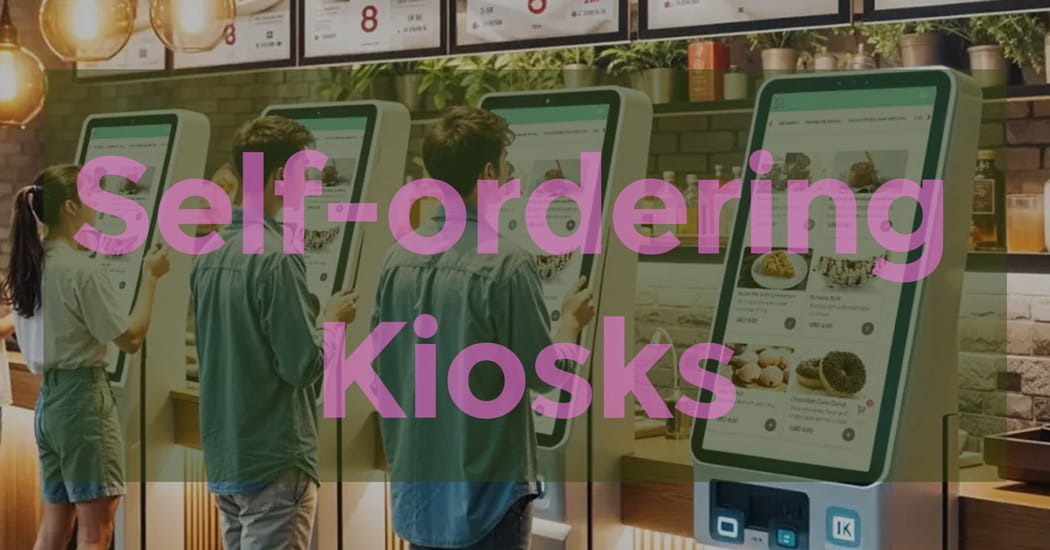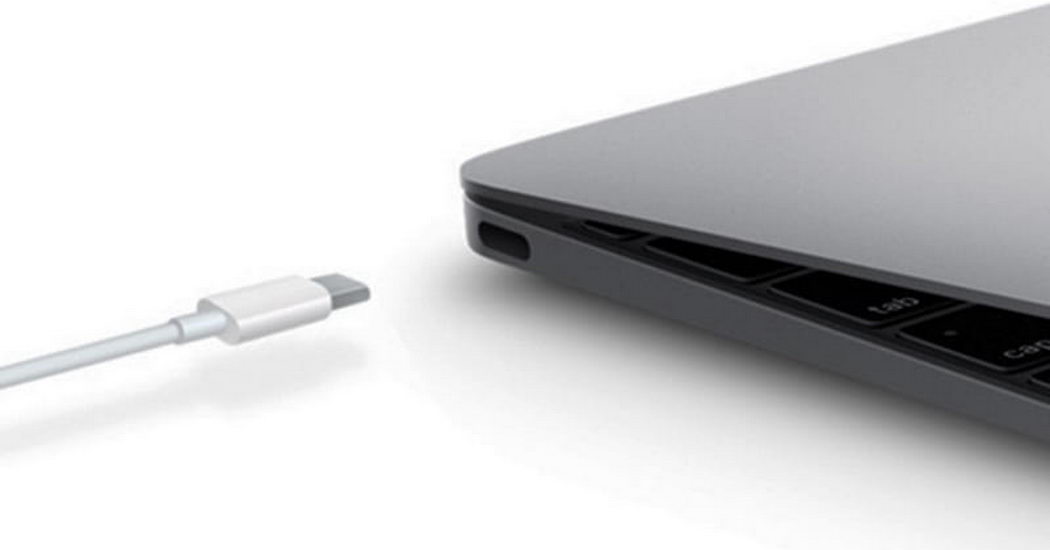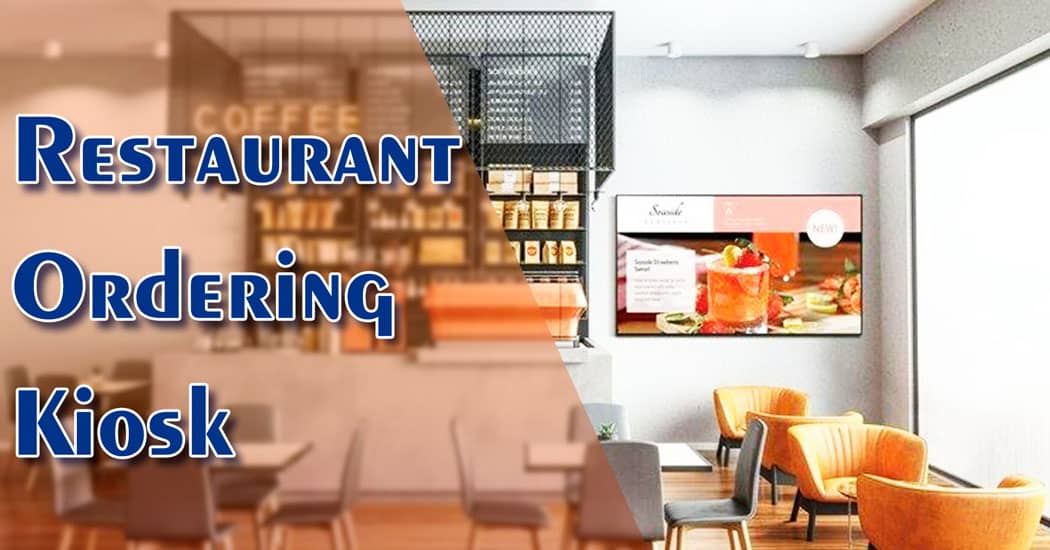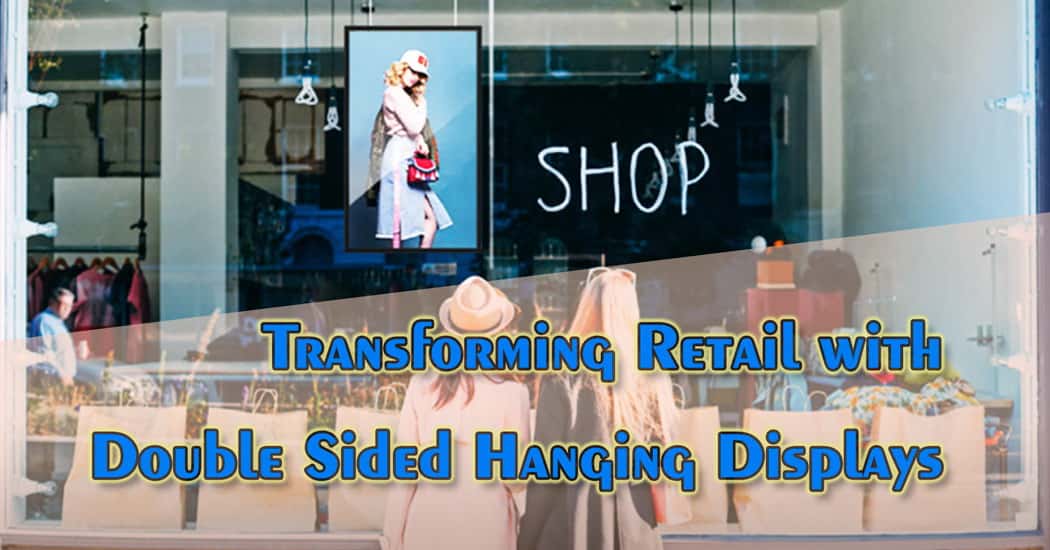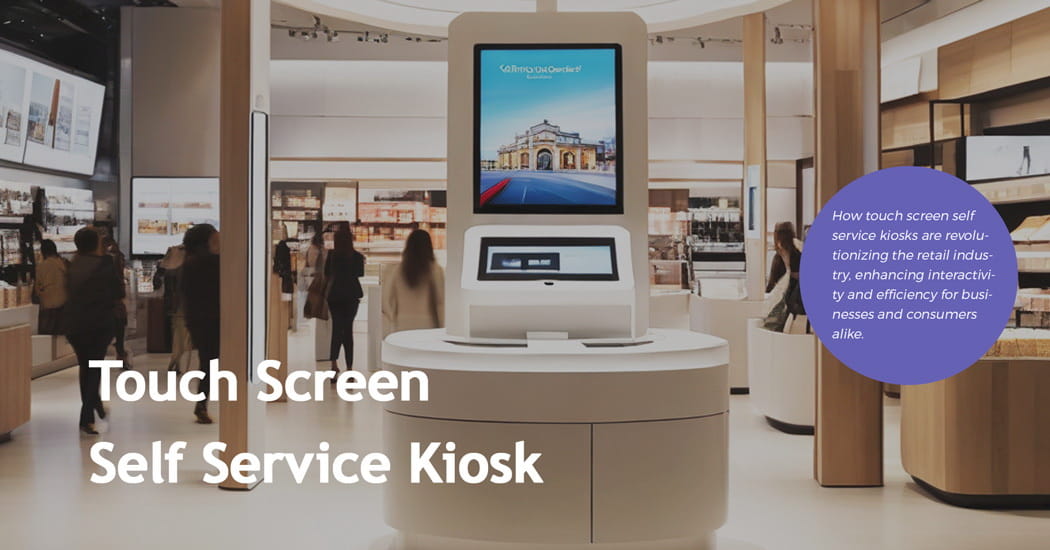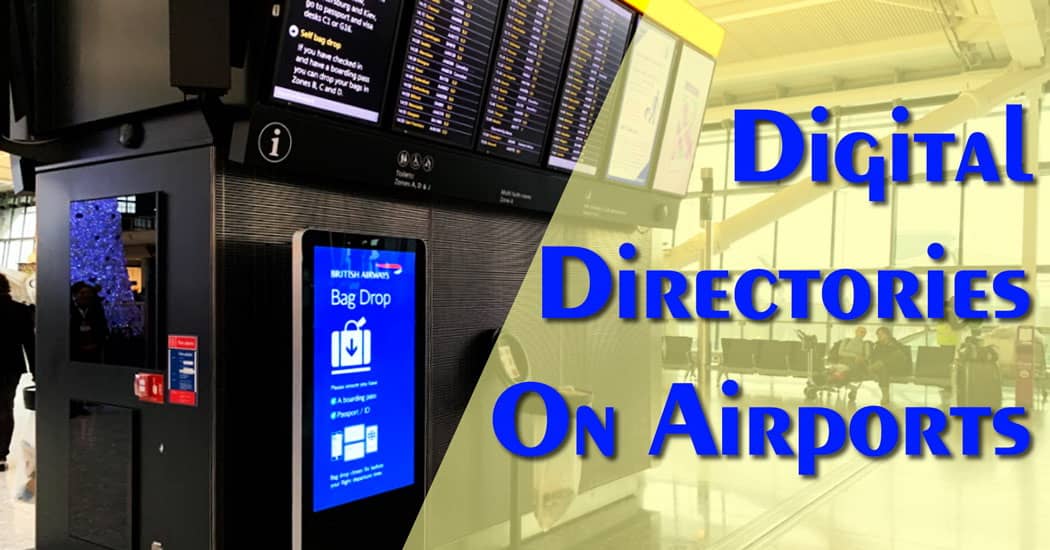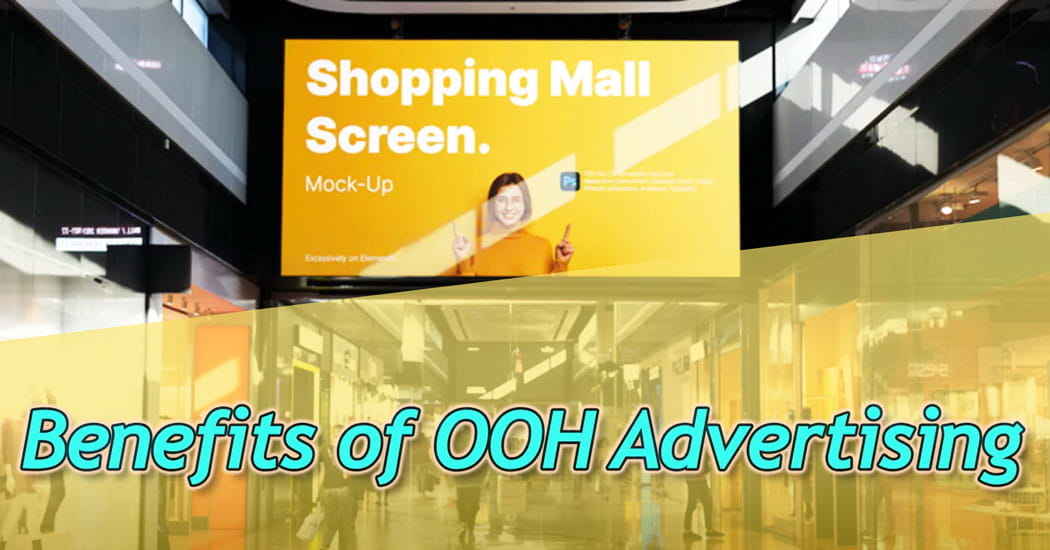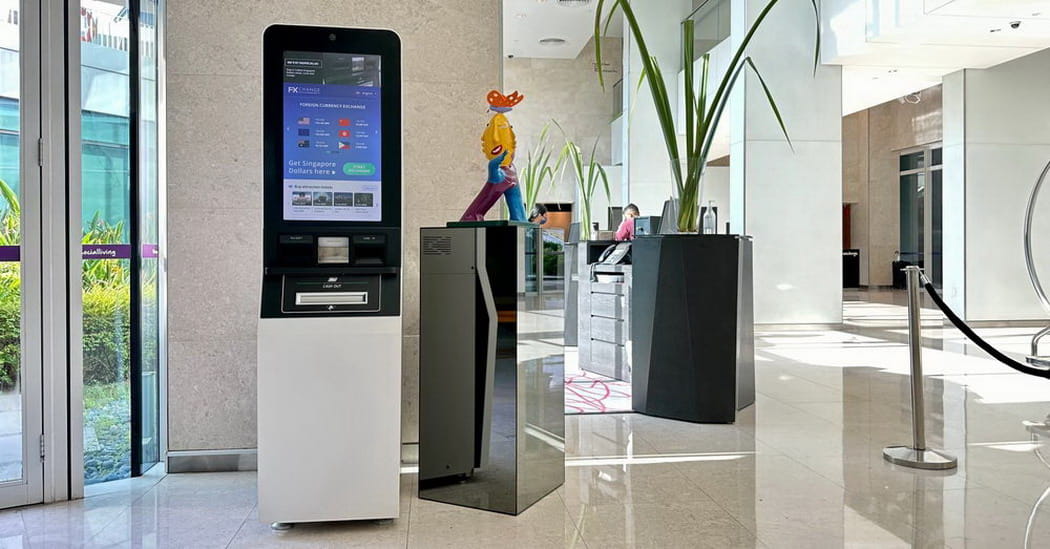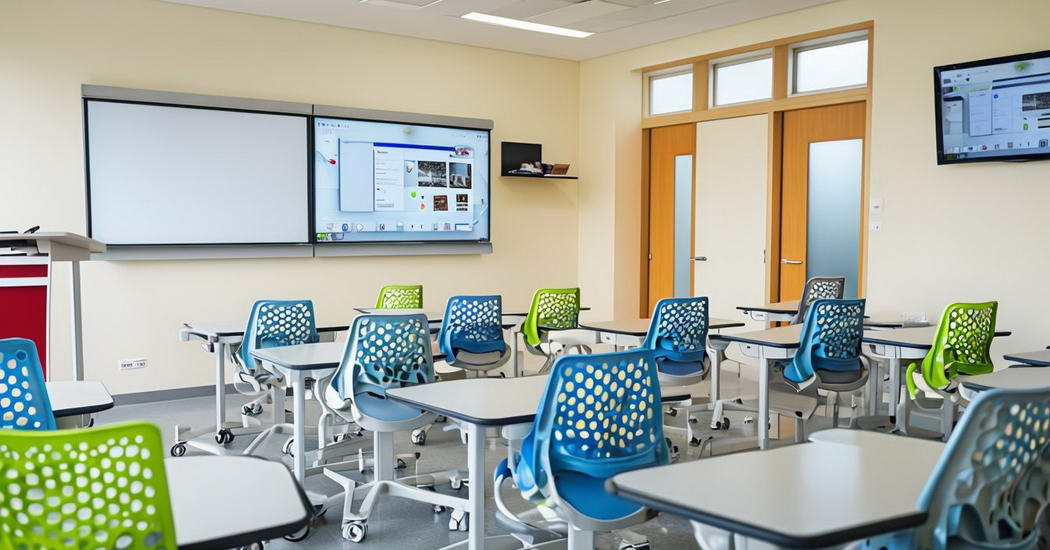
Self-ordering Kiosks: Help Your Restaurant Increase Sales
Closely related post:
Latest updated post:
Self-ordering Kiosks: Help Your Restaurant Increase Sales - table of contents:
In the dynamic world of the food service industry, embracing innovation isn’t just a luxury; it’s a necessity for staying competitive and relevant. One such game-changing innovation is the adoption of self-ordering kiosks. As a restaurant owner, you always seek ways to enhance customer satisfaction, streamline operations, and boost profits. Self-ordering kiosks are not just modern gadgets; they are powerful tools that can transform how your restaurant operates and how customers perceive your service.
The Importance of Self-Ordering Kiosks
Self-ordering kiosks have revolutionized the way customers interact with restaurants. These kiosks provide an intuitive interface where customers can place their orders, customize their drinks, and even pay without needing to interact with staff. This not only speeds up service but also reduces the risk of errors in order-taking.
Reasons Why Your Restaurant Needs a Self-ordering Kiosk
Enhanced Customer Experience with Self-ordering Kiosks
Today’s tech-savvy diners value efficiency and control over their dining experience. A self-service ordering kiosk for restaurants caters precisely to these preferences. Customers enjoy the autonomy of browsing through the menu, customizing their orders, and making payments at their own pace without feeling rushed. This level of personalization and speed significantly enhances the customer experience, making your restaurant a preferred choice for diners.
Reduced Wait Times through Self–ordering Kiosks
One of the most immediate benefits of a self-ordering kiosk restaurant system is the drastic reduction in wait times. The swift, intuitive interface of systems like the self-ordering kiosk ensures that orders are placed within minutes, streamlining the flow of service. This efficiency is particularly noticeable during peak hours, keeping customer satisfaction high and tables turning faster.
Increased Order Accuracy and Satisfaction
Miscommunication between patrons and staff can lead to order inaccuracies, a prime source of customer dissatisfaction. Self-ordering kiosks eliminate this issue by giving control back to the customer, ensuring that what is ordered is exactly what is delivered. This accuracy not only improves customer satisfaction but also reduces food wastage, benefiting your bottom line.
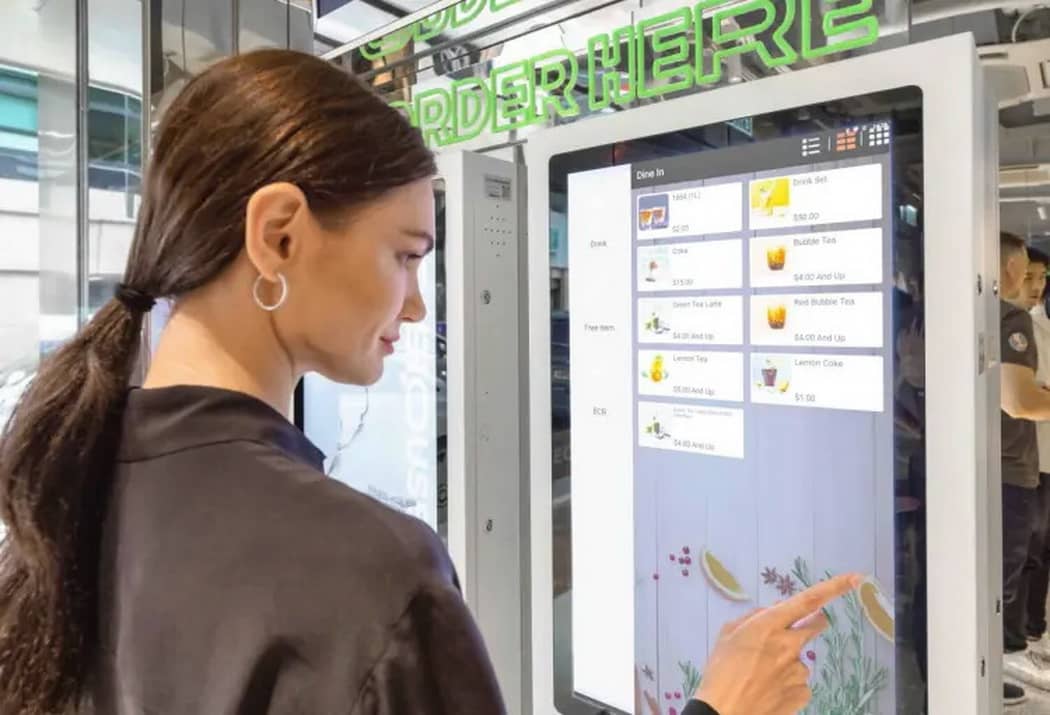
You may be interested in Interactive screen, kiosk screen, Restaurant menu display screen related products




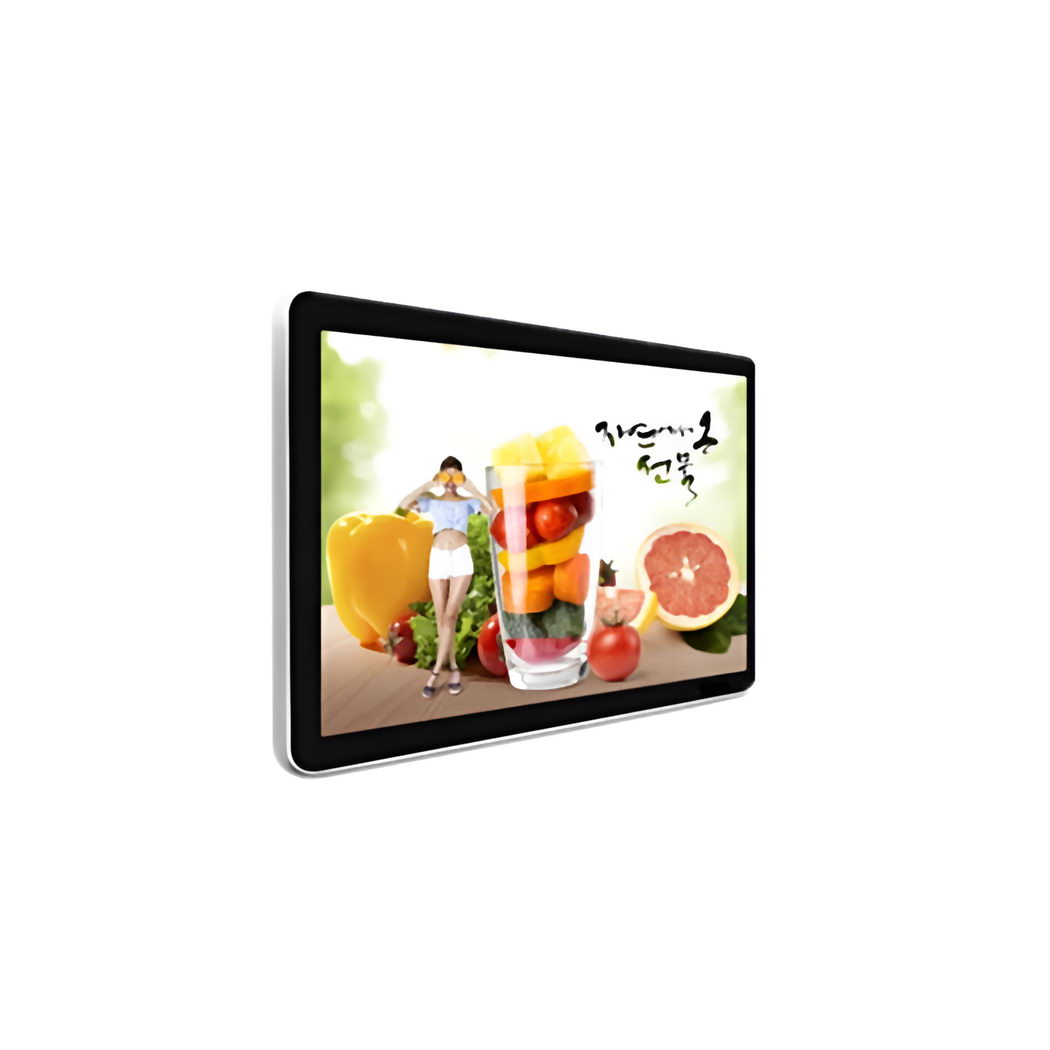







Higher Average Order Value
Studies have shown that customers tend to spend more when using self order screen. The privacy and lack of pressure from a kiosk encourage customers to explore the menu thoroughly, leading to the addition of extra items, sides, or upgrades they might not have ordered otherwise.
Labor Optimization
In the restaurant industry, managing labor costs while maintaining high service standards can be challenging. Self-ordering kiosks for restaurants offer a strategic solution by allowing you to redirect staff from order-taking to more value-added services like food preparation or enhanced customer service. This optimization not only reduces labor costs but also enables your staff to focus on what truly matters – delivering a memorable dining experience.
Valuable Data Insights
Every interaction with a touch screen ordering kiosk is a source of valuable data. From popular menu items and peak hours to customer preferences and buying patterns, this data is gold for strategic decision-making. Leveraging this information, you can tailor your menu, adjust staffing, and create targeted marketing campaigns, ensuring your restaurant stays ahead of the competition.
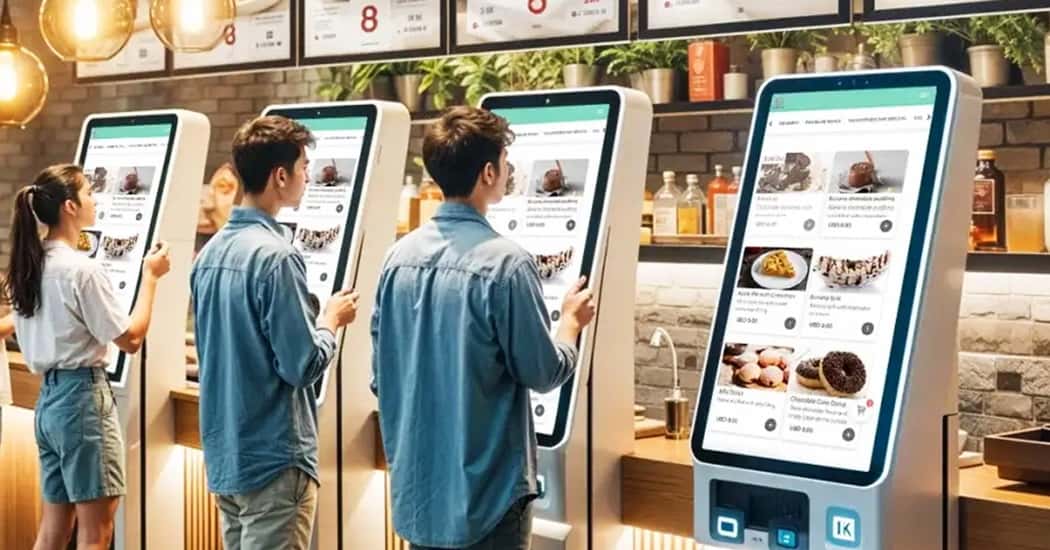
Cost Efficiency through Self-ordering Kiosks
While the initial cost of a self-ordering kiosk might seem like a significant investment, the long-term benefits far outweigh the upfront expenses. Reductions in labor costs, increased sales, and reduced order inaccuracies contribute to a swift return on investment.
Brand Image Enhancement
Implementing a self-service kiosk restaurant tablet system signals to your customers that your brand is modern, innovative, and customer-centric. This technology-forward approach can significantly enhance your restaurant’s image, attracting a broader customer base.
Customization and Branding Opportunities
Self-ordering kiosks offer extensive customization options, allowing you to tailor the interface to reflect your restaurant’s brand and style. From custom color schemes and logo placements to featuring high-quality images of your dishes, the kiosks serve as an extension of your brand identity. This level of customization not only reinforces brand recognition but also creates an immersive and visually appealing ordering experience for your customers.
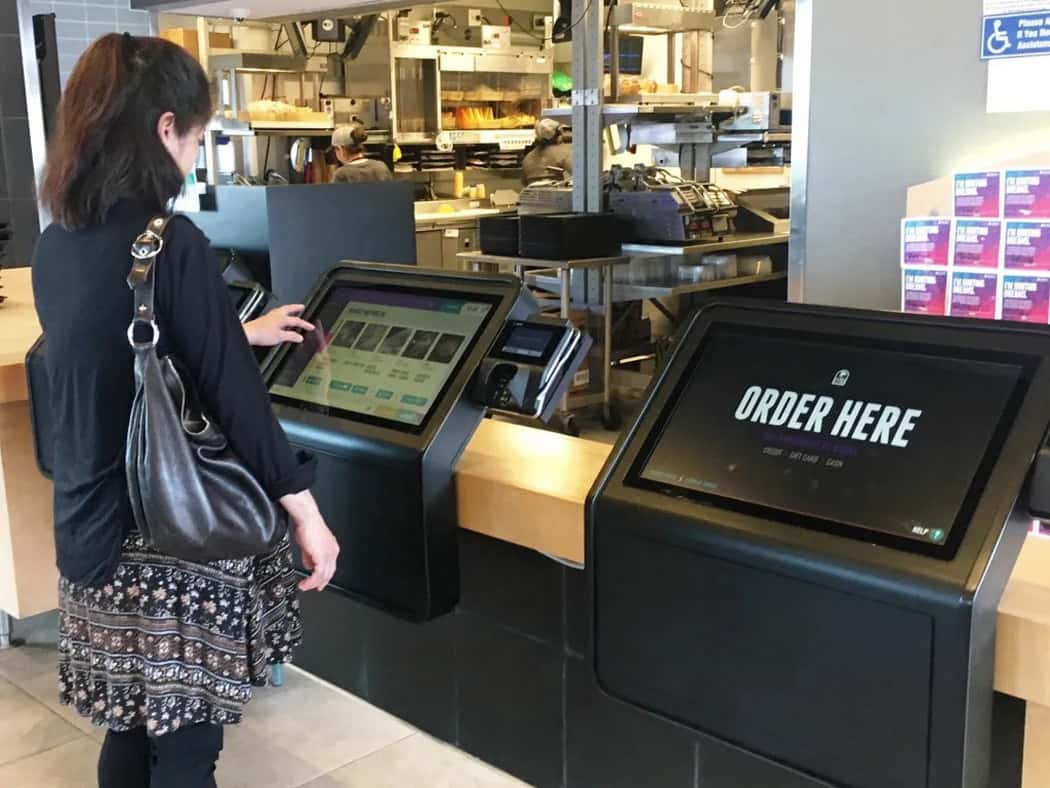
Seamless Integration with Existing Systems
Adopting a self-ordering kiosk doesn’t mean overhauling your current operations. Modern kiosks are designed for seamless integration with your existing POS systems, kitchen display systems, and inventory management software. This harmonious integration ensures that orders from the kiosk are in sync with your kitchen’s workflow, maintaining operational efficiency and reducing the risk of errors. The ability to integrate effectively minimizes the learning curve for your staff and allows for a smoother transition to this innovative ordering method.
Conclusion
Incorporating a self-ordering kiosk into your restaurant isn’t just about keeping up with technology; it’s about redefining the dining experience, optimizing your operations, and setting your establishment apart from the competition. From improving customer satisfaction to boosting your bottom line, the benefits of a self-ordering kiosk are clear and compelling. As the food service industry evolves, staying ahead means embracing innovations that add value to your customers and your business. A self-ordering kiosk is not just a trend; it’s the future of dining.

